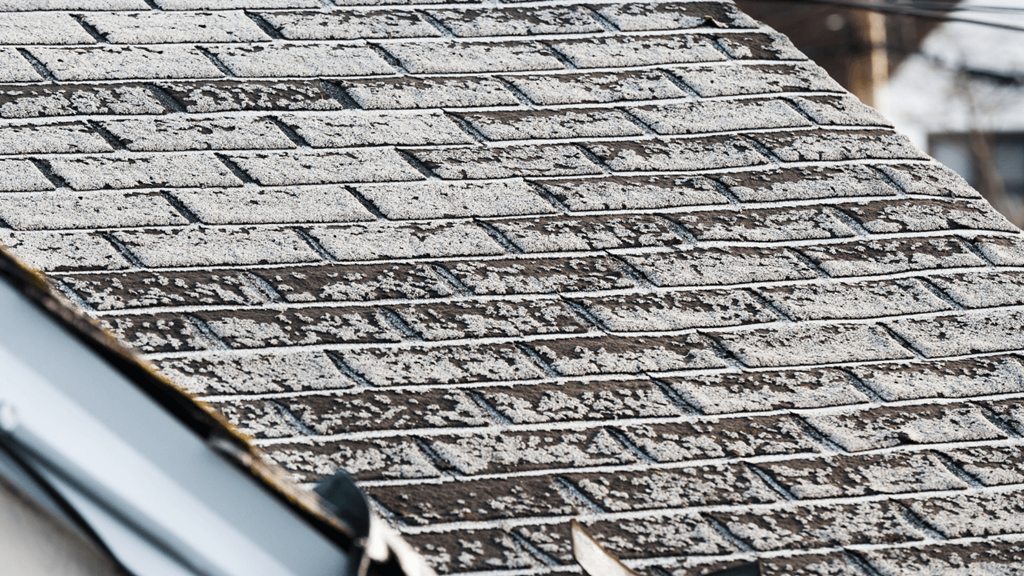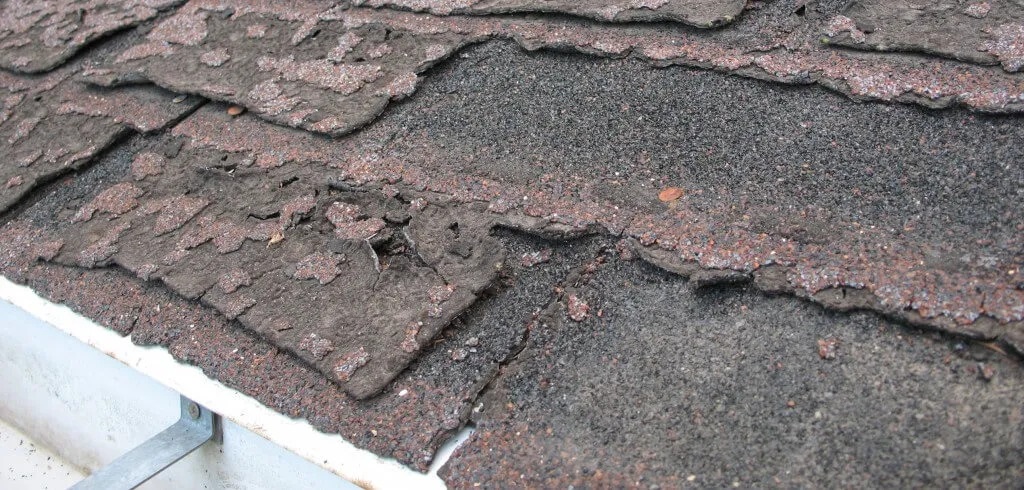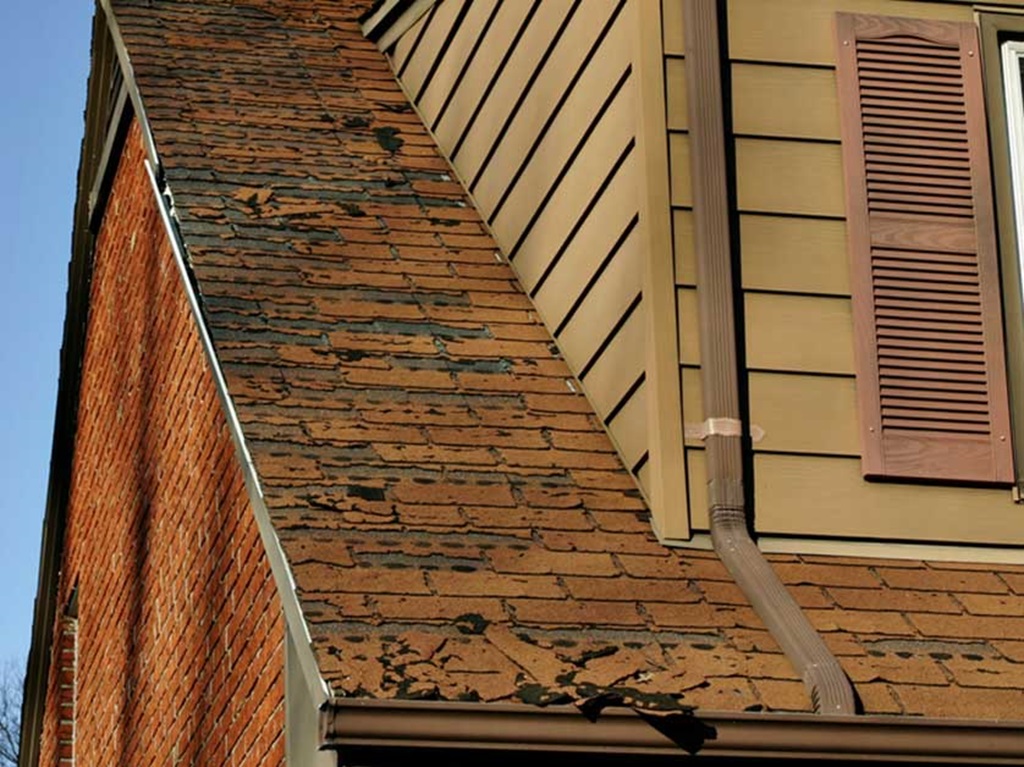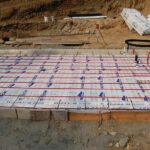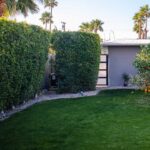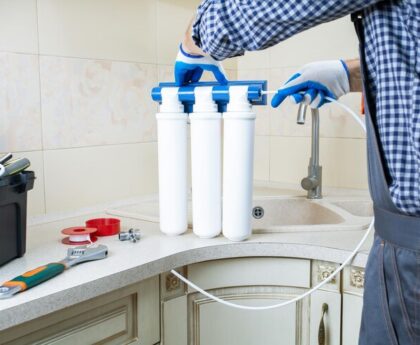Granular loss is a common issue affecting any roof with a coarse surface, such as asphalt shingles or rolled roofing. It occurs when the mineral granules that provide UV protection, color, and texture to the roofing material become dislodged. Left unaddressed, granular loss can accelerate degradation and lead to leaks. The good news is that fixing acceptable loss is usually a simple and inexpensive DIY project. Let’s learn how to repair granular loss on roof.
What Causes Granular Loss on Roofs?
There are a few key factors that contribute to granular loss:
Weathering
Years of exposure to the elements like sun, rain, wind, and freeze-thaw cycles slowly wear away at the granule surface on shingles. The binding that adheres to the granules can weaken over time.
Foot Traffic
Even with care, people walking on the roof can dislodge granules, especially if the shingles are older or weathered.
Improper Installation
The granules may not adhere appropriately if shingles are not installed to the manufacturer’s specifications. This makes them more vulnerable to loss.
Defective Shingles
In rare cases, shingles with inadequate granule adhesion can be defective right out of the package. This usually affects only isolated areas.
Roof Pitch
Steeply-pitched roofs can experience faster granular loss since rain, wind, and gravity act more forcefully on the granules. Low-sloped roofs may see minimal loss.
Ventilation & Moisture Issues
Excessive attic heat, condensation, and moisture can accelerate granule deterioration on underlying shingles. Proper insulation and ventilation alleviate this.
Signs of Granular Loss on Your Roof
Watch for these common indicators that your roof is experiencing granular loss:
- Visible areas of missing or sparse granules expose the shingles and adhesive asphalt base to a faded, worn appearance on shingle surfaces where darker granules have disappeared, leaving lighter ones behind.
- Accumulation of loose granules in gutters.
- Increased texture underfoot when walking on the roof as missing granules leave grooves.
- Premature cracking or curling of shingles where granular loss is excessive.
- Leakage inside the home if the asphalt shingle base is exposed to the elements long-term.
Inspect your roof annually and after significant storms to spot any areas of concern. The sooner you address granular loss, the better.
DIY Options for Repairing Granular Loss
There are several effective and wallet-friendly DIY methods to restore lost granules and prevent further damage. Which option you choose depends on the extent of granular loss and your preferences.
Granular Coatings
Specially formulated acrylic coatings containing mineral granules can be rolled or brushed onto shingles to replace missing granules. Pros are easy application, inexpensive cost, and flexibility to coat select areas or the whole roof. The cons are a shorter 5-10 year lifespan and needing a recoat later.
Asphalt Roofing Cement
Troweling on a thin layer of fiber-reinforced asphalt cement restores lost granules while providing a protective barrier. Benefits include simple application and longer-lasting repairs. Mix cement well before use.
Asphalt Patching Compounds
When pressed into place, these thicker, moldable compounds repair more prominent spots of granular loss and cracks/holes in shingles. They last many years. Limitations are UV/weather resistance and visible patch appearance.
Roof Coatings
Coatings like elastomeric acrylics form a seamless membrane over the roof while filling in granule loss areas. This option provides the most durable restoration but involves a more significant investment in materials and labor.
Full Shingle Replacement
If the granular loss is severe over more than 20% of the roof, replacing all the shingles may be more effective than attempting repairs. This also resolves any underlying deterioration.
How to Apply DIY Granular Loss Repairs
Follow these steps to tackle common granular loss fixes successfully:
Clean the Roof
Sweep away debris, moss, and loose granules so products adhere well. Use a pressure washer cautiously to prepare filthy areas. Allow to dry completely.
Mask Off Areas
Protect surfaces like skylights and vent pipes with plastic sheeting and masking tape. This prevents unwanted overspray.
Follow Product Instructions
Refer to manufacturer instructions for proper usage, dry time, coverage rate, and any specific tools or techniques needed. Do not thin coatings.
Apply in Small Sections
Work in 3 x 3 foot sections from bottom to top of roof. This prevents the product from drying too quickly before adjoining areas are coated.
Ensure Thorough Coverage
Concentrate on thoroughly filling in bald spots and valleys where granular loss is most severe. Feather out edges for a smooth look.
Let Cure Fully
Allow roof repairs to cure for the recommended time before light foot traffic. Granule coatings require additional drying before rain exposure.
Check for Missed Spots
Scan the roof and touch up any spots that need additional product after the initial application. Granules may settle during curing.
With suitable materials and some DIY grit, you can restore the protective granule layer on your roof without calling in contractors. Keep up with regular inspections and maintenance to maximize your roof’s lifespan.
5 Key Tips for Preventing Excess Granular Loss
Along with promptly fixing existing granular loss, it’s wise to take steps to minimize excessive deterioration in the future:
- Install attic ventilation – Improving air circulation and reducing humidity helps protect shingles. Consider ridge vents, gable vents, and exhaust fans.
- Avoid walking on the roof – Limit traffic to essential maintenance to reduce abrasion and displacement of granules, especially over older shingles.
- Inspect annually – Check for early signs of issues like granular loss, damaged flashing, and clogged gutters so you can address them.
- Reroute dripping water – Direct runoff from AC condensers, vents, and other roof projections away from shingles with downspout extensions.
- Trim overhanging branches – Keep trees and shrubs from rubbing on the roof. Prune at least 3 feet back from the roof line.
In Summary
Granular loss is a predictable roof aging problem but not usually a cause for panic. Several easy, cost-effective ways exist to restore worn shingle surfaces and prevent premature deterioration due to UV damage. With regular inspections and timely repairs when needed, you can keep your roof in peak condition and avoid costly early replacement. Focus on catching and fixing small areas of wear before they expand. And take preventive steps like proper attic ventilation to slow the rate of granular loss overall.
Frequently Asked Questions
How much does it typically cost to repair granular loss?
For DIY repairs with coatings or cement, expect to spend around $50-100 for materials to treat a 10×10 area. For hired contractors, costs range from $250-500 depending on roof size and access difficulties.
When is it better to replace the roof versus repairing granular loss?
If granules are missing over 20% of the roof or you have underlying leaks/rot, replacement often makes more sense than patching. If damage is more scattered, repairs are economical.
How long do granular loss repairs last?
Properly applied asphalt cement patches and acrylic or elastomeric coatings typically last 5-10 years before needing fresh treatment. Monitor repaired areas and remake as needed.
Can I use leftover shingle granules from roof installation for repairs?
Yes, carefully sprinkle extra granules into bald areas and seal them with a thin coat of asphalt cement. Match granule color as closely as possible. Embed thoroughly.
What causes streaks or discoloration after applying granular coating?
Avoid using too much pressure when rolling on the coating, which can displace granules unevenly. Let the fixed area fully cure for 3-7 days, then check for bare spots to touch up.

